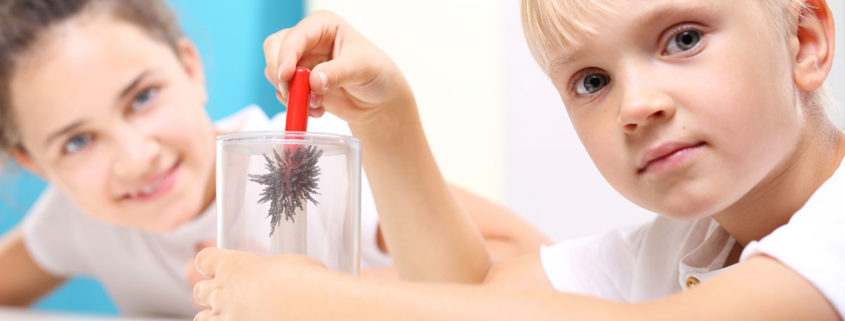Good New Alert: The Young Natural Scientist
A young boy, five years old, sees a red clip that is used to hold tops of chips or crackers together. He is intrigued by this unfamiliar object. First, he observes the color and design. Then he proceeds to open and close the clamp. Next he uses the clip on a newspaper, book, and magazine. During this experimental process, he notices a round piece on the side of the clip (a magnet). He asks, “What’s that?” The adult gives him the name, “It is a magnet.”
Benjamin feels of it, rubs it, and opens and closes the clip again. He takes the clip and magnet to the sliding glass door and tries to stick it to the surface, but the clip falls to the floor. Next he tries to attach it to the table but it doesn’t stick. He looks around the room to find other surfaces that might attract his magnet. He sees a tall floor lamp that is standing near the window. He tries the magnet on the lamp. To his amazement, the magnet attaches to the base of the lamp. He moves the magnet up and down the tall lamp and finds that it will attaches to the entire body of the lamp. He tries the lamp shade but it does not attach. You can see the wheels turning as he thinks about all the items he has tried: glass, table, and it only sticks to the lamp. Why? What is different about the lamp? Why does it attach to the lamp and not the other objects?
For the next 10 minutes he experiments and observes the results of his ongoing investigation to determine what items the magnet will attach to and which ones will repel the magnet. He is focused, persistent, and creative during the process.
This young boy is naturally curious and wants to find the answer to his problem. His scientific experiment didn’t require expensive materials or prepackaged kits. All he needed was a safe environment where he could explore, try interesting items in his own way, and gain information at his own pace. Young children are natural scientists if given the opportunity and support to follow their interests, develop their plan of action, and discover their own solutions.
Let’s nurture our young scientists as they can become inventors, innovators, problem solvers, and confident thinkers! We can create an environment that will inspire thinking, support their creative ideas, and value their approach.
Enjoy the young scientist and creative thinkers in your world!



